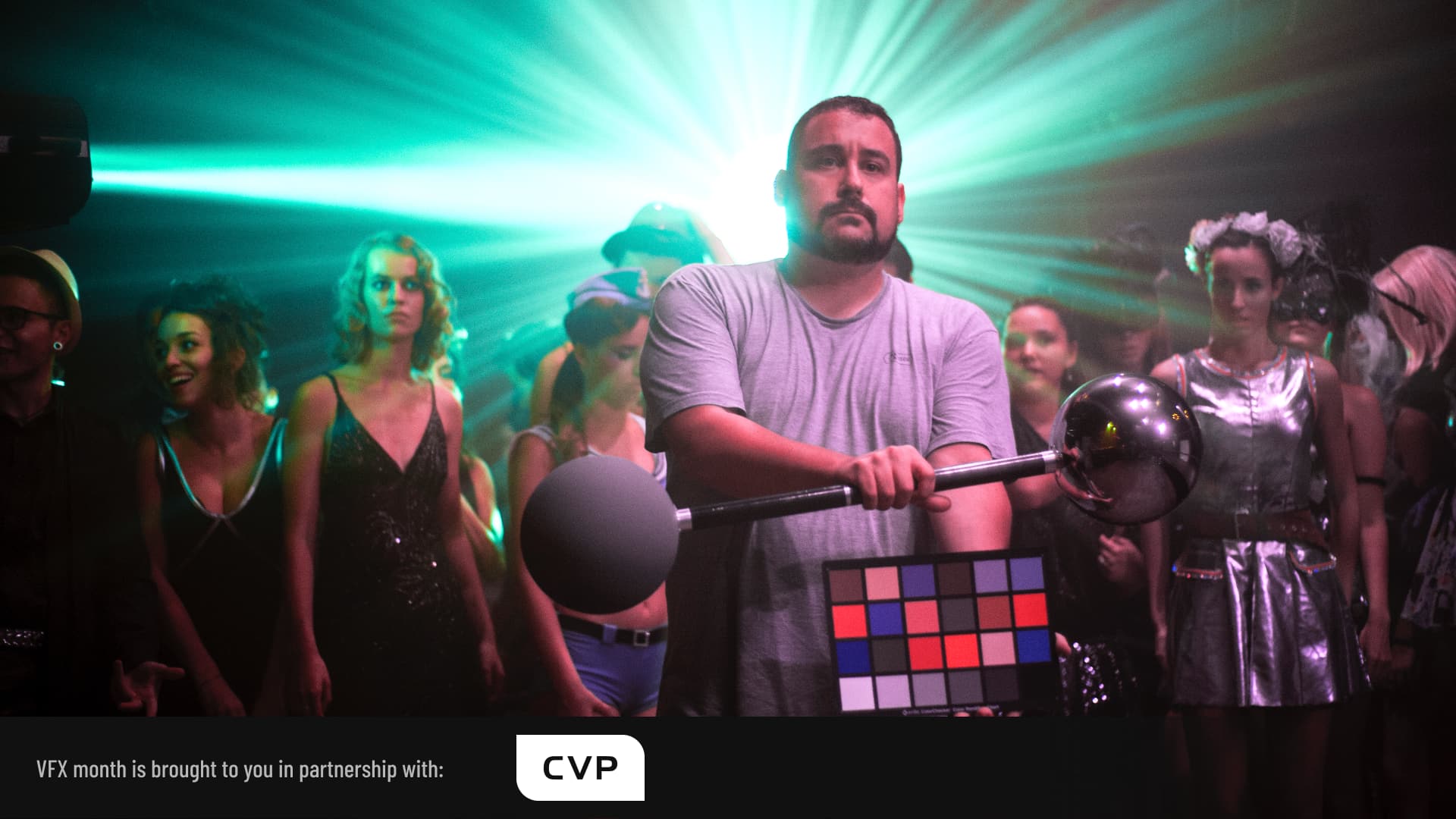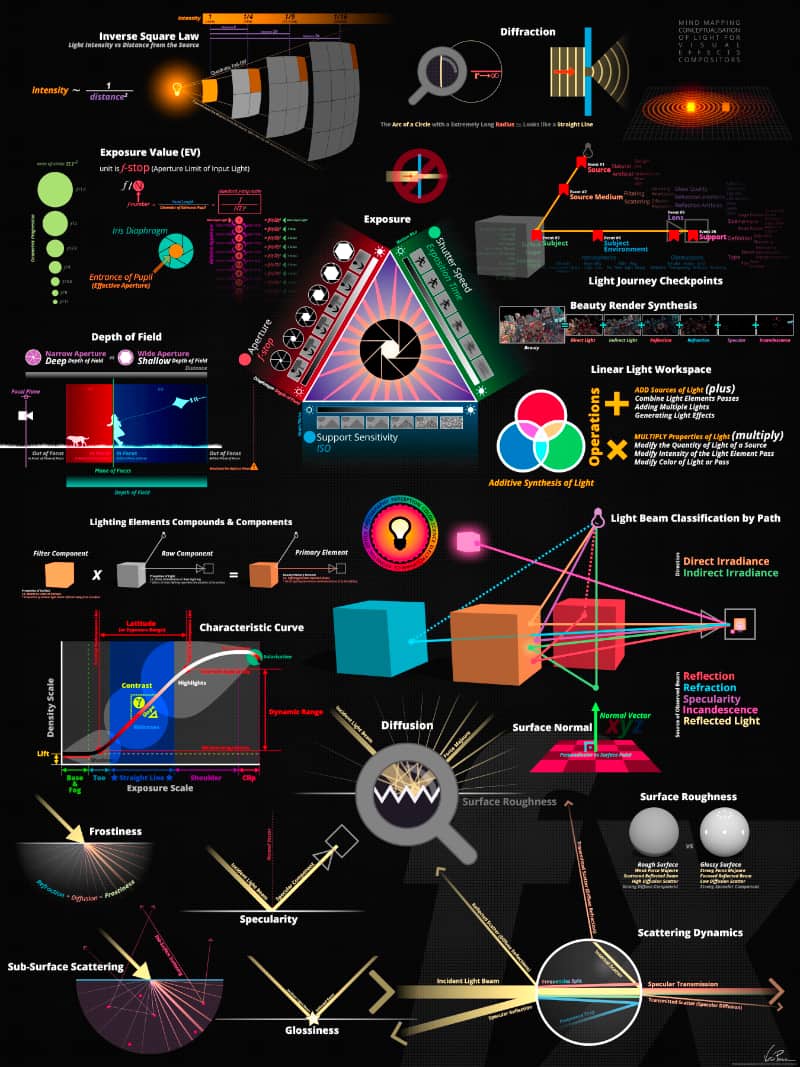
VFX guru Victor Perez provides the hard-won five key pieces of information that will help you ace your next vfx project.
When it comes to vfx, there’s not much Victor Perez doesn’t know. Victor’s a film director, screenwriter and visual effects artist with more than 24 years of combined experience, and has worked on a fair number of Hollywood films, including Christopher Nolan’s The Dark Knight Rises, Rogue One: A Star Wars Story, Harry Potter and the Deathly Hallows, Pirates of the Caribbean: On Stranger Tides, and 127 Hours, plus many more.
As well as all that, he also runs a service offering one-on-one NUKE coaching sessions to help solve people’s problems on Nuke. Several years of doing this have given him a fabulous perspective on the major issues that vfx artists come across when working on their projects, so we decided to tap into it by asking him his top five key bits of advice for vfx artists — aspiring, established and otherwise
And the results are rather interesting…
1. Making things photorealistic
This is what I get asked about the most. How do you make things look real? It’s all about the analysis of light. In order to create something photorealistic you need to understand how light works , how it work in the atmosphere, how it passes through the lens, everything. I put together a mind mapping conceptualisation of how light works which you can look at below [Click on the image to access the full sized version. Ed] but for me the best explanation you can get is to study the famous painters. Look at the works of Canaletto and the way he creates highlights using drops of paint. He didn’t have computers to do that for him. The idea of light and the way it works is complex, but once you understand it the realisation of it doesn’t have to be.
2. Remember the audio
When you are designing a vfx shot always remember the audio. You need to understand that the visuals are only half of the experience. To make something work sound is essential, whether that is via effects or music. I worked many years ago on Danny Boyle’s 127 Hours about the guy who has to cut off his own arm because he’s trapped under a rock. We shot that with a prosthetic and it was fun, but when I saw the finished movie for the first time I felt really really sick and that was partly because of the sound. I was sitting next to the director Danny Boyle and I swear I had to get up and leave the room.
3. The importance of organisation
Time is the most important resource you have, especially if you are working on a tight budget, so organise your resources wisely. This is especially important as teams get larger. If you make one person wait one hour for something it’s bad, if you make 10 people wait for something it’s worse. There is very good software out there to help you keep track and organise workloads, and keep track of reviews. At the end of the day vfx is a collaborative environment, so as a vfx supervisor, whether for a team or just for yourself, you need to break down a project into key tasks.
4. Understand your team
The key point here is that you need to understand your team, understand the weakness and the strengths of all of your artists. Who has the best sensitivity for each area of expertise? There are technical artists that prefer to do rig removals and the like, then there are others that will spend their lives just trying to recreate a certain look. Understanding the team, understanding their needs, this important for success. Everyone should help everyone else in you team to grow and develop, that’s what makes the whole industry grow.
5. Choose your weapons wisely
Most of the time I don’t like free software. For me it’s important to be part of a community, so if you want to belong to the vfx community you have to be using the same tools that the industry is using. If you get into a software package that is not industry standard, then you’re going to be missing out. Free software is great for projects and learning, but definitely has its limitations. There are exceptions, Unreal is a big one, but on the whole industry standard tools are what is needed.
As for hardware, be mindful of what you need. Every task needs different equipment. If you are working in digital production you need to emphasise the graphics card, if you’re working in compositing and Nuke, for instance, you need fast hard drives so you can use the cache. You don’t need to spend all the money in the world if you prioritise. But the most important piece of hardware you can get is the monitor. A poor monitor produces poor images I think the ASUS PA32UCG is one of the best monitors I have ever seen for the price.
But don’t get obsessed by hardware, be mindful. And understand the lifecycle. A good motherboard will help expand the usable length of time of your system, while you can’t expect a closed system such as Apple to last for that long. I love Apples, but don’t expect them to be useful to you for more than three years.
Tags: Post & VFX



Comments